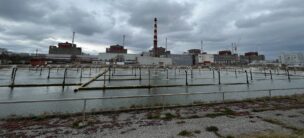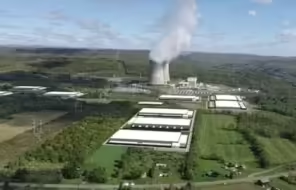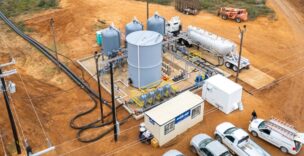Linking industry with public and legislative support is the key to unlocking a new wave of advanced nuclear energy projects in the US, per a new Nuclear Innovation Alliance (NIA) report.
A boom in advanced nuclear projects could create billions of dollars in investment and help the US reach its decarbonization goals, but the country is scaling nuclear slower than the EU and China. The DOE’s Advanced Reactor Demonstration Program (ARDP) feeds some funding into the sector, but the report found that other advanced nuclear projects also need more funding to boost their chances of success.
What is slowing commitments? A handful of barriers have kept the US government from increasing support for nuclear projects.
- Cost uncertainty: US nuclear projects have been fraught with overruns—see Vogtle—but that’s not always the case abroad. Recent large nuclear projects, like the Barakah power plant in the UAE, have been completed in line with early estimates.
- Development time frame, cost, and cost recovery: The development phase for nuclear reactors can take up to a decade and billions of dollars of investment, according to the Electric Power Research Institute.
- Lack of independent developers: Few independent developers are taking on nuclear energy projects, at least compared to coal, wind, and gas-powered counterparts. Independent developers can’t accurately quantify early project costs given new nuclear’s state of maturity.
What can developers do? The report lays out a series of private sector actions, noting the most impactful action would be for offtakers to make capital commitments that backstop project completion costs and improve access to financing.
As for the public sector: The NIA says that the most impactful public sector action would be legislation to share the completion cost of new projects, along with cost-sharing, cost-reduction incentives, and potential grant funding for advanced nuclear energy projects.
The DOE may be able to offer supplemental loans to finance a share of cost overruns, which could entice independent developers to take on nuclear energy. These loans could lessen the burden of first-of-a-kind costs, providing a backstop for first-time nuclear energy developers.
Ease the burden: The feds are taking some actions to control project risk, including serial development of multiple projects with a common design, pooling efforts, and control of operating costs.
- Last month, the White House announced the Nuclear Power Project Management and Delivery working group, which will work to mitigate the risks of cost and schedule overruns like those described in the report.
- Last year, the DOE released a report emphasizing the importance of driving down capital costs to successfully deploy advanced nuclear power plants and decarbonize the US grid.




